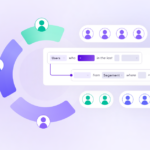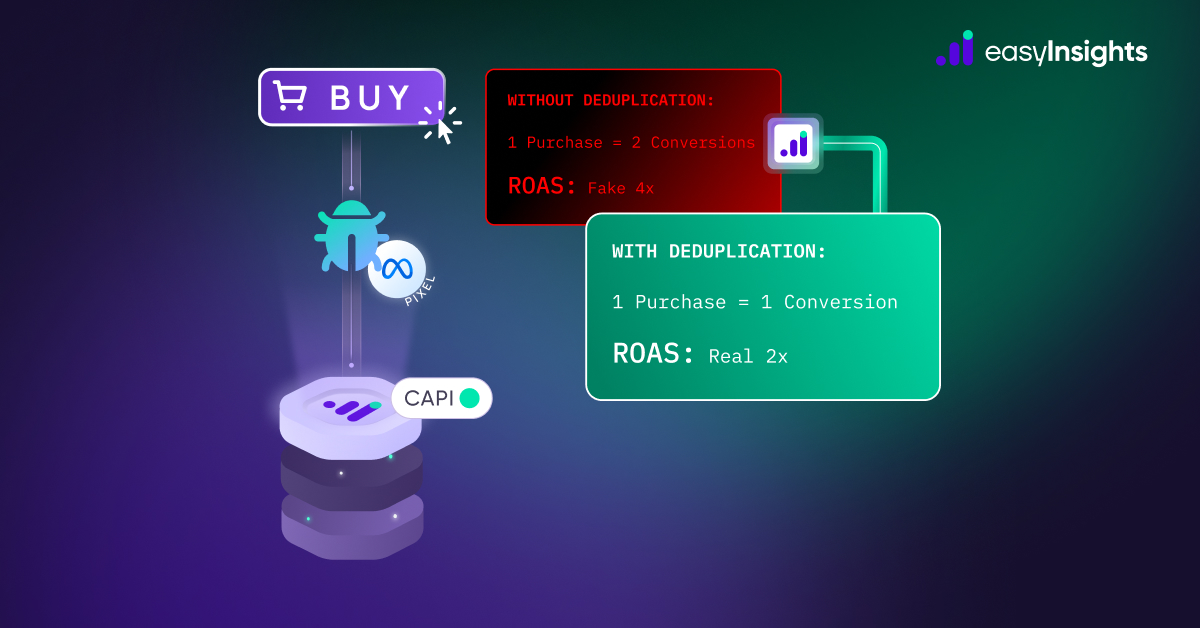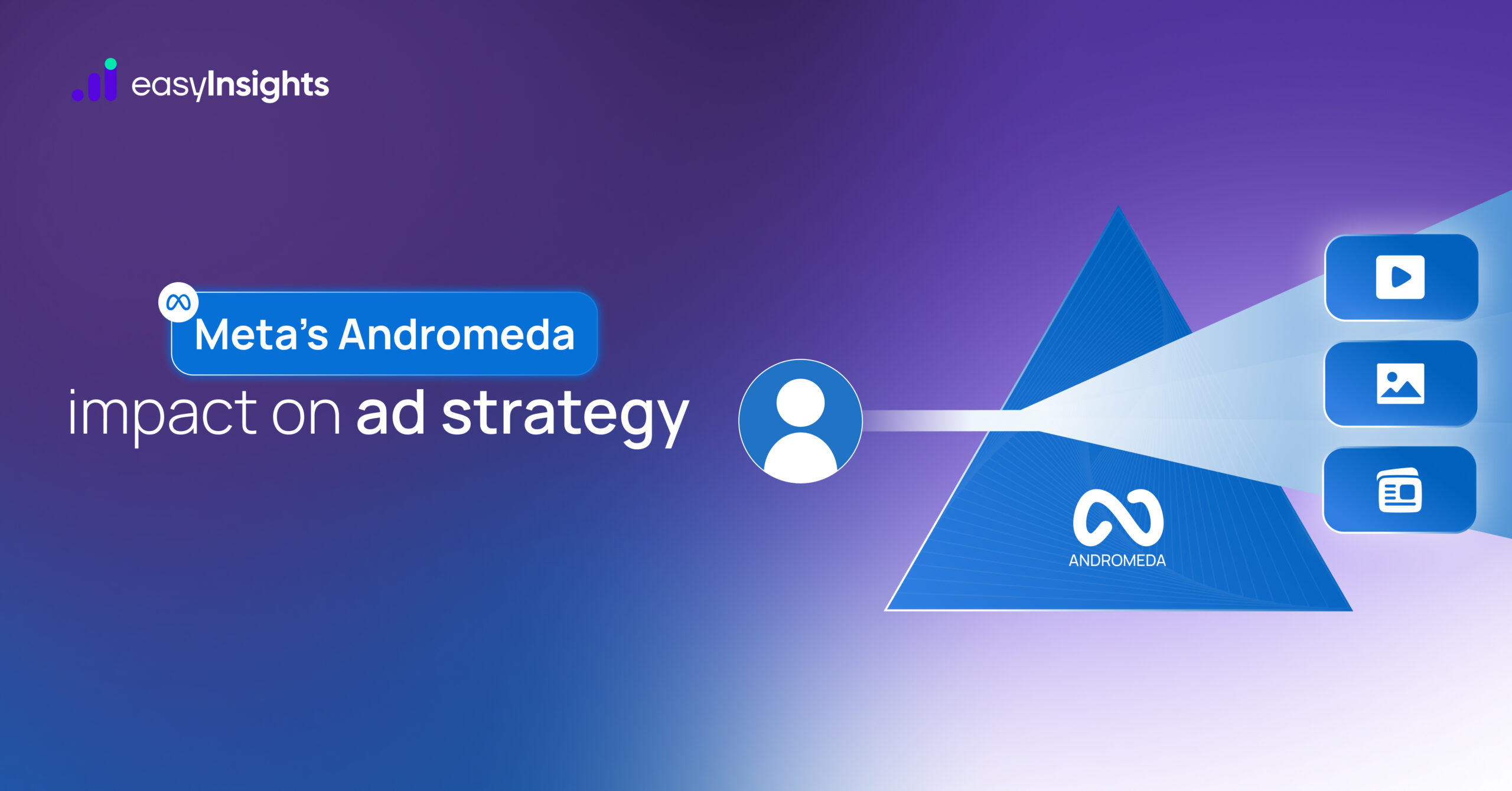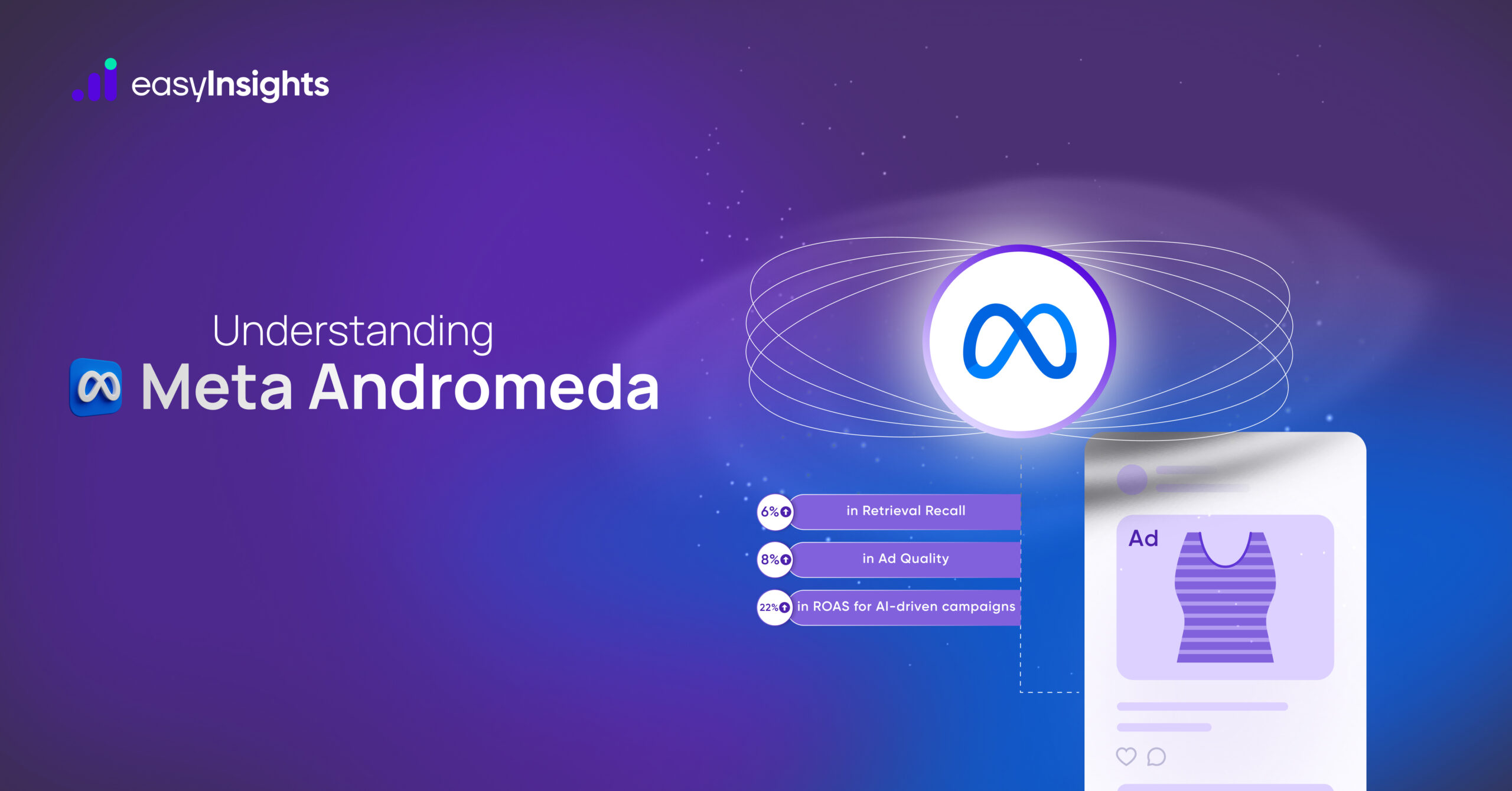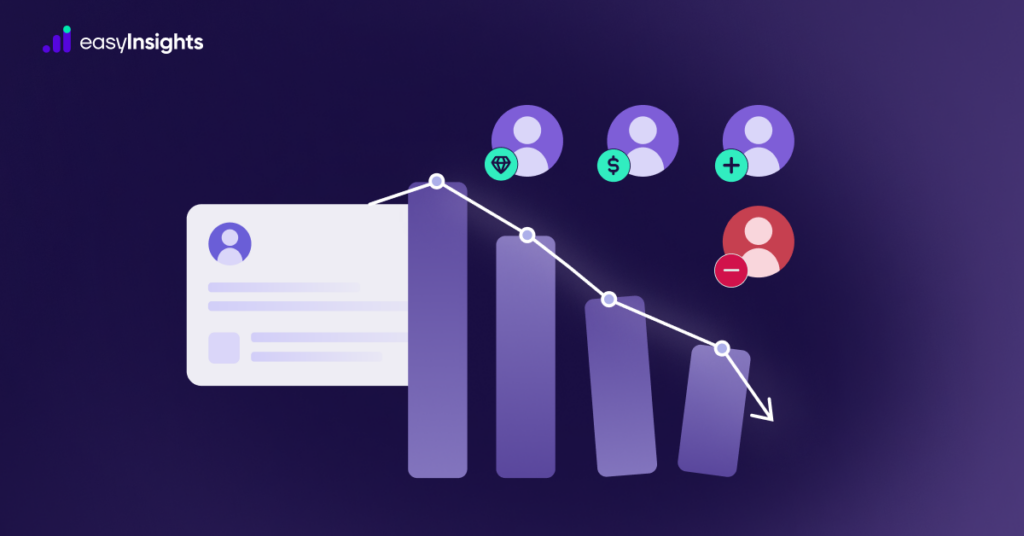
According to Marketing Metrics, you are 60% more likely to sell to your current customers as compared to a 20% probability of selling to a new one. Harvard Business School also reported that a 5% increase in customer retention rates can boost your profit by up to 95%. This underscores why tracking customer churn rate is crucial for a business.
By analyzing the rate at which you lose customers, you can gain invaluable insights into the strength of your customer relationships, identify areas for improvement in your offering, and implement strategies to enhance customer satisfaction and loyalty.
So, join us as we explain what the churn rate is and how you can reduce it.
Jump ahead to:
What Is Churn Rate?
Churn rate or customer attrition is the rate at which customers end their relationship with you or stop paying your business. In simpler terms, it is the percentage of customers who stop using your product or end their subscription over a set time frame.
It is an important metric to measure because it can help you assess the viability of your business. A high churn rate negatively impacts your monthly recurring revenue (MRR). It can also help you gauge the effectiveness of your product or service in boosting customer satisfaction and loyalty.
How to Calculate Churn Rate?
To calculate the churn rate, divide the number of customers you lost in a certain period (like the previous month, quarter, or year) by the total number of customers you had at the beginning of that period. Then, multiply the result with 100.
Formula to calculate customer churn is as follows:
Churn Rate = (Number of Customers Lost During the Period / Number of Customers at the Start of the Period) × 100
Suppose you started with 500 customers on 1st January, and by 31st March, you lost 50 customers. So, your churn rate for that quarter would be:
(50/500) × 100 = 10%
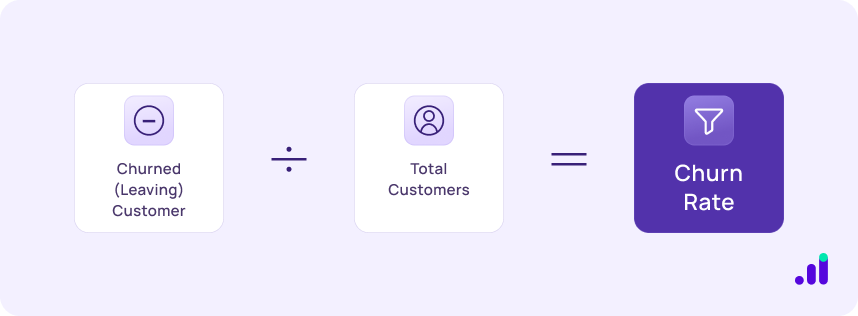
What Causes Customer Churn?
Customers leave at every stage, be it onboarding, product adoption, customer retention, and product expansion. There reasons for churn also vary. According to Retently, 53% of all customer churn is due to these three leading causes:
- Poor onboarding (23%)
- Weak relationship with the brand (16%)
- Poor customer service (14%)
Additionally, complex user experience and ignoring customer complaints also result in a higher churn. A lot of customers also leave when they find a cheaper alternative.
It is important to note that churn doesn’t always occur because customers decide to stop paying the brand. Sometimes, issues like payment failure or server errors can cause users’ subscriptions to be canceled, leading to involuntary churn.
Is Customer Churn Always a Negative Sign?
Losing clients can be challenging. But do you know of a brand that hasn’t lost any users? A slight churn is never a reason to rejig your strategy.
So, what’s a safe churn rate? The exact percentage varies depending on the industry. According to SaaS Growth Hacker, a SaaS company’s average monthly churn rate is around 3-8%. Similarly, the average annual churn rate is around 32-50%. If you are doing numbers similar to your industry’s average churn rate, you don’t need to worry about outgoing customers. Moreover, you may lose some customers while your existing customers continue to bring more business. It’s still a net gain in your books. You don’t need to worry about churn rate as long as you meet the bottom line.
What Are Some Ways to Reduce Churn Rate?
Now, let’s look at some ways you can reduce customer churn rate:
1. Give Incentives to Customers
The first step in reducing churn is to give your users a reason to stay with your brand. In other words, introduce a customer loyalty program and provide them with promo codes and discounts.
However, the key is to identify the right time to offer incentives. For instance, some clients may wait until their contract ends to terminate their relationship with your brand. Renewing their contract at a discount can help you retain them for longer.
Similarly, you can also give discounts and special promotions to customers who opt-in for a longer contract period. This can make your solution cost-effective for users, encouraging them to stay around longer.
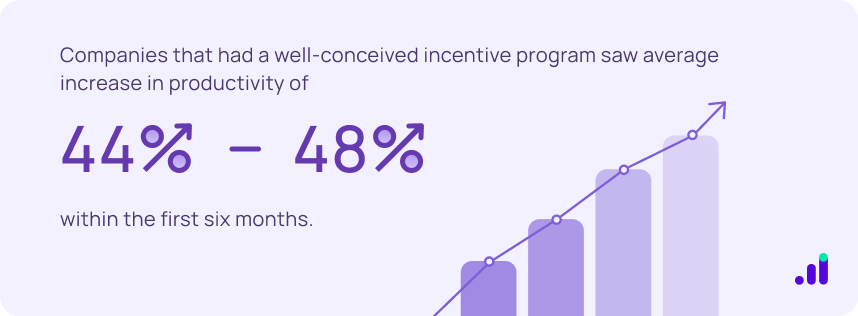
2. Focus on Retaining Most Valuable Customers
Monetary incentives dent profitability and may not be financially viable, especially for small brands and startups. In business, you gain some and lose some, so why not maximize the gains by focusing on customers who choose to stay?
The idea is to identify your high-value clients and focus all your efforts on improving their experience. This could include actively helping them to solve their problems or providing support and resources to make the most out of your solution.
Take the case of ET MediaLabs. The digital marketing agency uses EasyInsights to create and deliver white-labeled reports to their eCommerce clients. They organize monthly report cards and QBRs for their clients to showcase marketing outcomes. The result? ET MediaLabs increased its client retention by 40%.
3. Improve Customer Service
Providing excellent customer service is one of the most effective ways to retain your clients. Your support reps must be committed to answering all questions that users ask and helping solve their issues.
Speed is another sign of good customer service. That’s because over 65% of people want companies to value their time. Make sure your team gets all the tools to streamline support functions so they respond to requests quickly.
However, when a user faces any issue, their first instinct isn’t to call your reps but to look online for solutions. So, publish self-service resources like how-to guides, tutorials, and FAQ pages to help users solve their issues without hassle.
4. Seek Regular Feedback
By reaching out directly to your customers, you can avoid all the guesswork of what works and what doesn’t. You should collect feedback from your clients to understand the issues they face and how you can solve them. You can use survey forms or ask your reps to contact the clients over the phone.
Moreover, surveying your audience after they raise a service case or when they cancel their contract works the best. This will reveal specific reasons for the churn, be it a lack of features, poor support, or any other hiccup they face while interacting with your product.
Backed with first-hand insights from your customers, you can take steps to improve your product. Depending on the feedback, you can add more features to your product, work out new pricing, or reimagine your support.
5. Build A Community
As mentioned earlier, a weak relationship with the brand is a leading cause of churn. So, your next step should be to build a community where you can engage with users and foster stronger relationships.
A community could be a Facebook group or a Slack channel where your marketing team can post updates and offer company insights. This helps you keep users engaged off the platform and drive customer loyalty.
Another benefit of these communities is that users can freely share their experience and knowledge about your product. So, if a user faces any issue, they are more likely to get an answer from other community members, reducing the risk of churning.

6. Attract the Right Customers
Churn is inevitable if you market yourself to the wrong audience. This mainly occurs when brands don’t have a proper buyer persona, which leads to wrong messaging. When your offering doesn’t meet the user’s needs and wants, they’ll look for alternatives.
The best way to avoid this is to equip your marketing team with ideal buyer personas and a checklist of criteria a lead must fulfill to be considered a perfect match. Moreover, you can prioritize leads that are more aware of your product and show interest in using it.
7. Use Predictive Churn Scoring
Simply tracking the churn rate won’t help you retain customers. Instead, you must understand when, why, and how users will churn before they actually churn. That’ll require you to use predictive churn scoring.
The term “predictive” may have already given away that churn scores help you measure the likelihood of a customer canceling their subscription. You’ll need a customer data platform (CDP) to implement this scoring mechanism. Basically, you analyze users’ demographics, behavior, historical purchases, and other signals and apply machine learning to calculate their likelihood of churn. As a result, you can take steps to prevent them from churning.
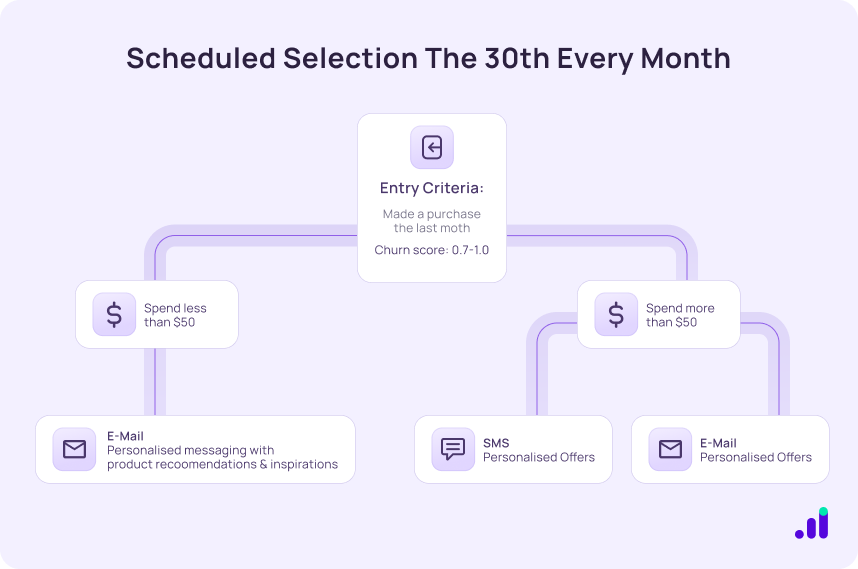
Boost Customer Retention with EasyInsights
Keeping track of churn rate is essential for businesses to assess whether they can win loyal customers through their product and overall customer retention strategy. When struggling with higher churn, you must make efforts to collect feedback and improve customer service.
You must also tackle the problem at its source by improving your lead-scoring mechanism. At the same time, you must rely on advanced analytics tools to predict which users are more likely to churn so you can take preventive measures. EasyInsights lets you accomplish that.
EasyInsights collects data from various marketing tools to help you build a comprehensive customer profile, allowing you to store their churn prediction right in your warehouse. Being a composable CDP, EasyInsights lets you sync these scores downstream without using third-party APIs.


